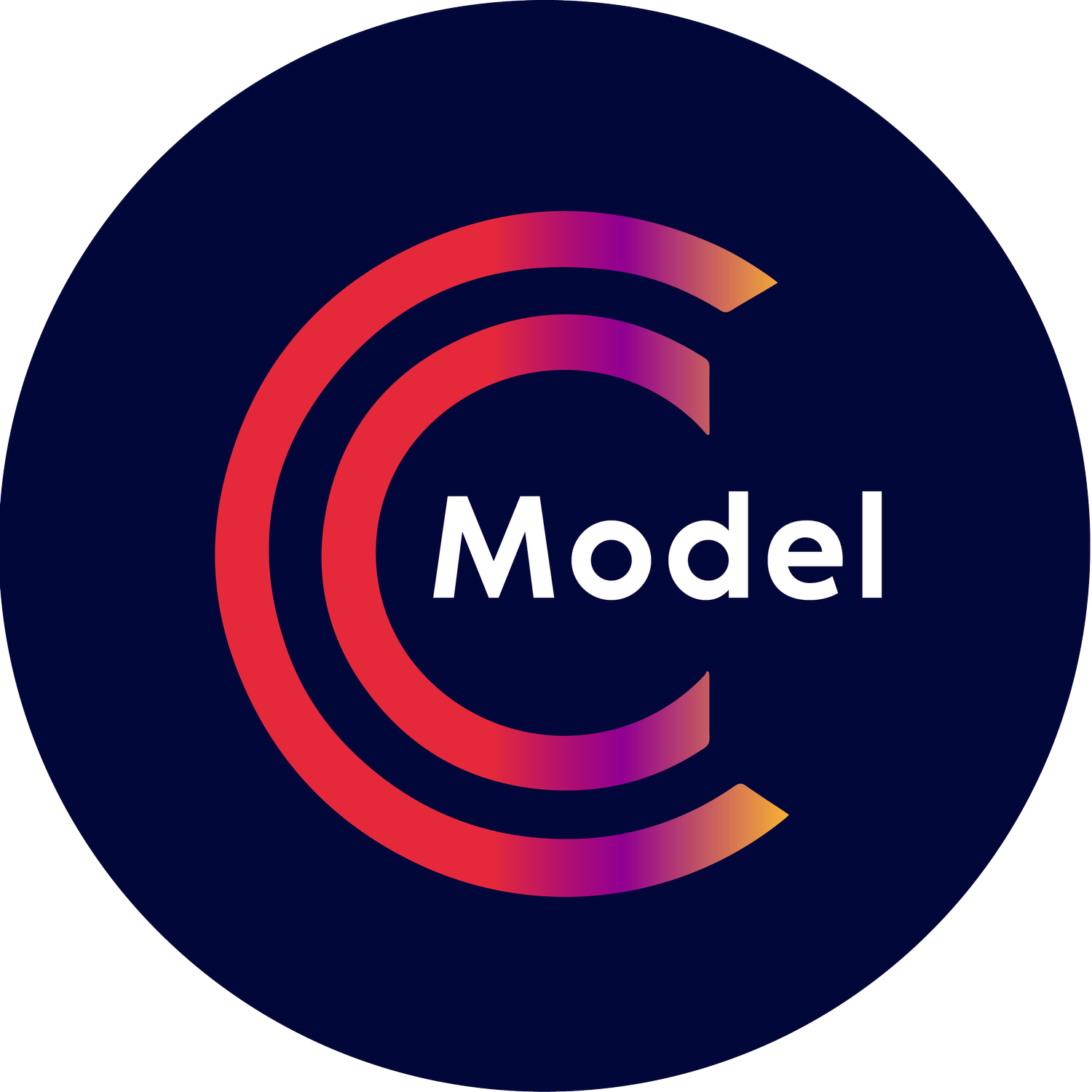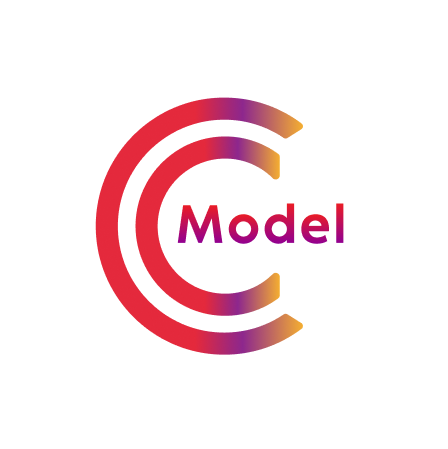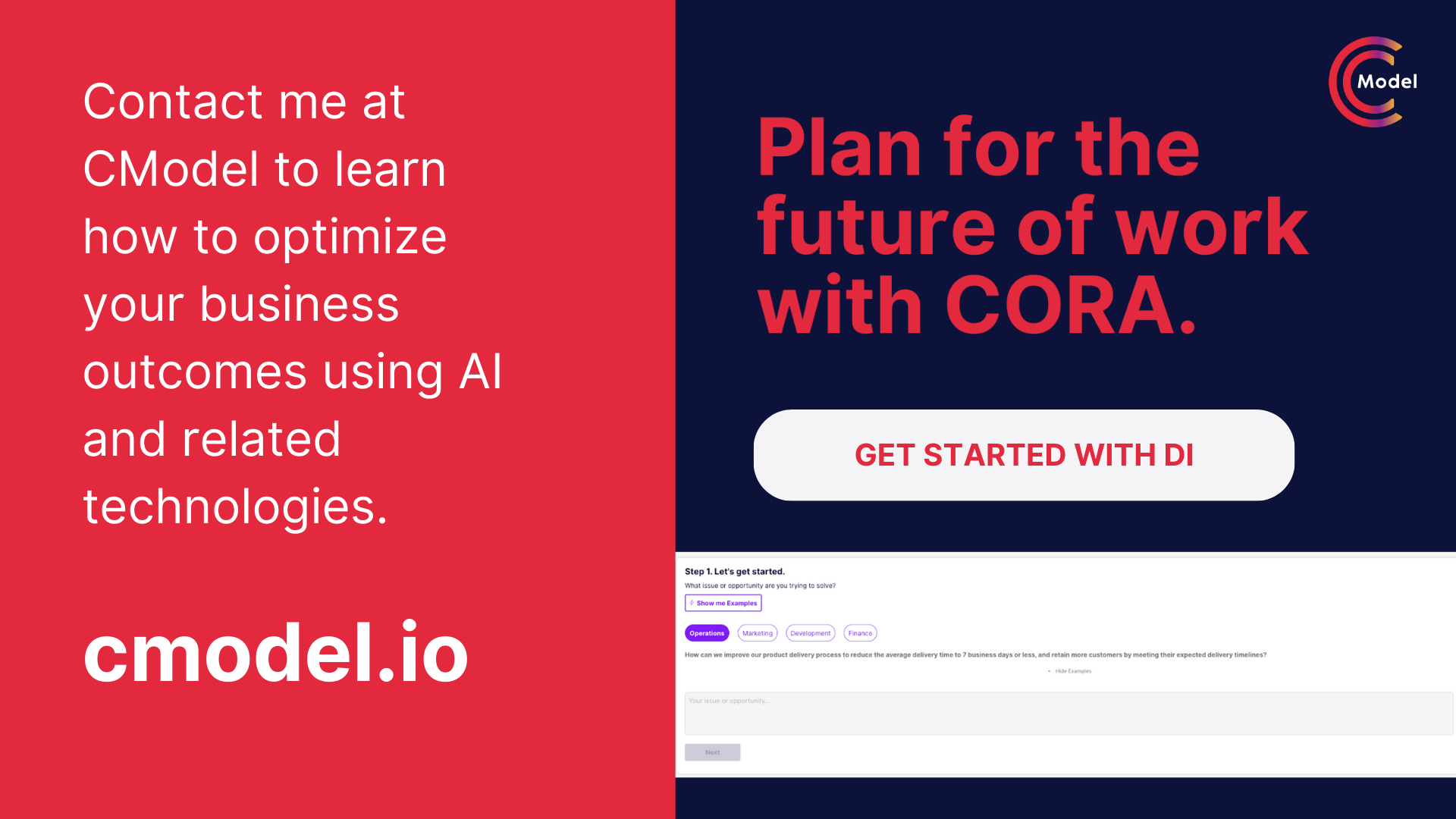The AI paradigm shift has arrived!
As business leaders, it's time to prepare for a paradigm shift in our understanding and application of artificial intelligence (AI).
AI has been a buzzword in the tech industry for over half a century. But today, AI has reached a crossroads: it has matured to the point that multiple industries expect to drive value from AI: not just the original technology-focused companies that drove its success to date. This means that AI must evolve. In particular, AI is shifting its focus from technology absent an understanding of the business problems that it solves, to treating those business problems as first-class citizens, which can be solved with AI and more. This requires a shift in mindset to one in which causality and decision intelligence are central.
Up to now, AI has experienced a number of “summer/winter” periods, such as the neural focus of the 1960s, the symbolic focus of the 1980s, recent data/subsymbolic approaches, and current LLMs (Large Language Models). The result: distinct tribes of AI researchers, which can unintentionally exclude those who don't share the same AI mindset, or marginalized groups including women and people of color.
Technologies vs. Outcomes
The majority of AI success stories revolve around particular technologies applied to a surprisingly small set of use cases, like chatbots for customer service or for personalized product recommendations. While these are undoubtedly valuable and have shown significant results, for many situations an AI component is just one piece of a larger puzzle. For many new use cases outside of sales and marketing, multiple AI systems work together, along with a variety of potential interventions, to help businesses to achieve more than one outcome at a time. That chatbot is going to drive some customer behavior, which will lead through a chain of events to multiple business outcomes.
And that’s not all, because you’re going to want to send your best customers to a human assistant, so you might not want to use a chatbot at all in some cases. But which customers are “best”? And what’s the best thing to say to them when they call? This is where integrating multiple technologies from the history of AI start to make a big difference, and machine learning combines with economic models and more to ensure you’re making the best choices.
The bottom line is that those choices lead to business outcomes, and AI has a role in helping you to optimize them. Don’t make the FOMO mistake of investing in technology for technology’s sake. You do it to achieve specific outcomes, whether it's increasing revenue, improving efficiency, or enhancing customer experience. And this is where AI’s shift from a technology to an outcome focus becomes crucial for you to maximize the value of AI in your business.
Causality & Decision Intelligence
So where to start connecting AI to business outcomes? First, it’s important to understand that the key difference between a technology and an outcome focus is causality – understanding the cause-and-effect relationship that starts with actions and leads to results.
This is where Decision Intelligence (DI) comes into play. DI combines human decision making with Artificial Intelligence to create a combined system that understands causality and drives outcomes. It combines data science, behavioral science, machine learning, and more to help businesses make better decisions that lead to desired outcomes.
The Importance of problem-focused positioning
To truly harness the power of AI and DI, you’ll want to be thoughtful about how you connect AI to business outcomes. Starting with the outcomes will allow you to be proactive rather than reactive when it comes to incorporating AI into your operations. Instead of looking for ways to fit the technology into your existing processes, you’ll be starting with a problem - defined in terms of the outcome you wish to achieve - and, as a second step, find ways to use AI (or not!) as a solution.






